
College of Charleston (now Randolph Hall). (Courtesy, Friends of Terra Cotta Collection; photo, Paul Tunick.) The portico was added in 1850 by architect Edward Brickell White.

Terracotta capital on the portico of Randolph Hall. (Courtesy, Friends of Terra Cotta Collection; photo, Rick Rhodes.)
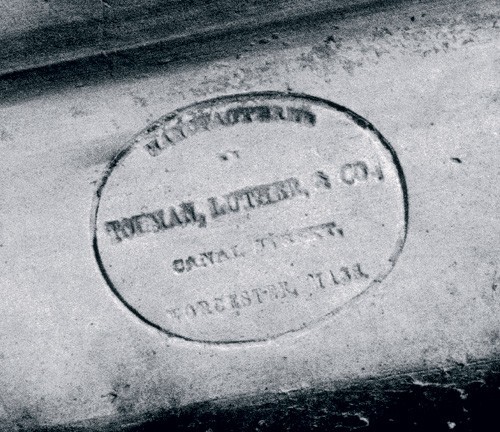
Detail of the stamp on the Randolph Hall capital, which reads: “MANUFACTURERS, TOLMAN, LUTHER & CO., CANAL STREET, WORCESTER, MASS.” (Courtesy, Friends of Terra Cotta Collection; photo, Rick Rhodes.) This is the only known stamp from the company.

Mills House Hotel, undated photograph, illustrated in C. Patton and W. Eric Emerson, eds., Charleston Alone among the Cities (N.p.: Arcadia Publishing, 2000), p. 57. (Courtesy, South Carolina Historical Society, Charleston, SC.) This building used extensive terracotta ornament on the window pediments and lintels.
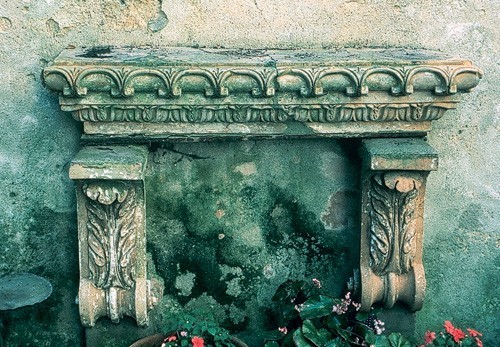
Salvaged terracotta from the Mills House Hotel. (Courtesy, Friends of Terra Cotta Collection; photo, Paul Tunick.) These pieces of terracotta were saved when the hotel was demolished and reconstructed in 1968 with fiberglass ornament instead of terracotta. This reassemblage, in a garden in Charleston, might not be the original configuration.

The Governor John Rutledge House. (Courtesy, Friends of Terra Cotta Collection; photo, Paul Tunick.) All the window pediments on this house are made of terracotta from Tolman, Luther and Company. The ornament varies between floors and facades.

Window pediment detail on the second story of the front facade of the Governor John Rutledge House. (Courtesy, Friends of Terra Cotta Collection; photo, Paul Tunick.) This terracotta pediment is identical to ones removed from the circa 1849 Harrington Corner Block, Worcester, Mass.
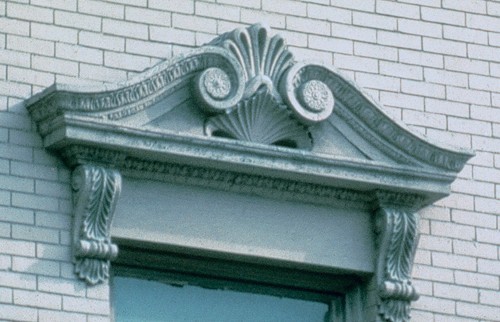
Terracotta window pediment on the Harrington Corner Block, Worcester, Mass. (Photo, Susan McDaniel Ceccacci.) This unit, salvaged when the building was stripped in the early 1970s, was donated to the Worcester Historical Museum.

Tolman, Luther and Company, New Designs of Terra Cotta Ornaments, Manufactured by Tolman, Luther and Co. (Worcester, Mass.: By the company, 1852), n.p. 12" x 9". (From the collections of the Worcester Historical Museum.)
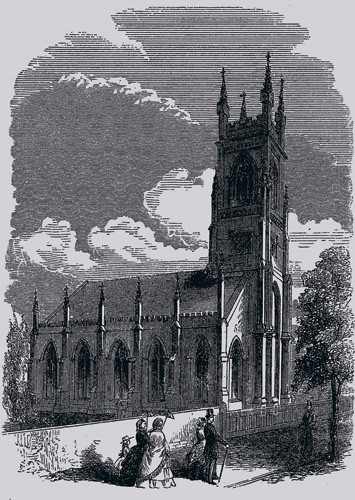
First Unitarian Church, illustrated in Harper’s New Monthly Magazine, June 1857, p. 14. (Courtesy, Cornell University Library, Making of America Digital Collection.)
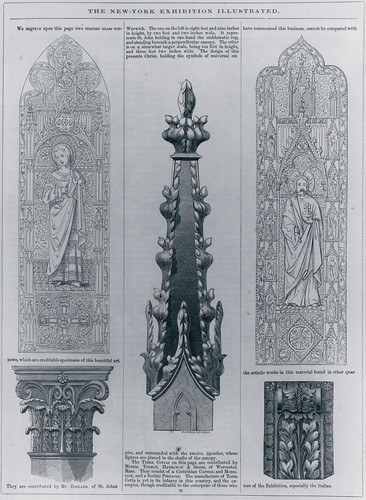
Terracotta capital, Gothic pinnacle, and modillion by Tolman, Hathaway and Stone. From Benjamin Silliman, ed., The World of Science, Art and Industry: Illustrated from Examples in the New-York Exhibition, 1853–54 (New York: G. P. Putnam, 1854), p. 21. The Gothic pinnacle is similar to those used in the 1852–1854 remodeling of the First Unitarian Church.
